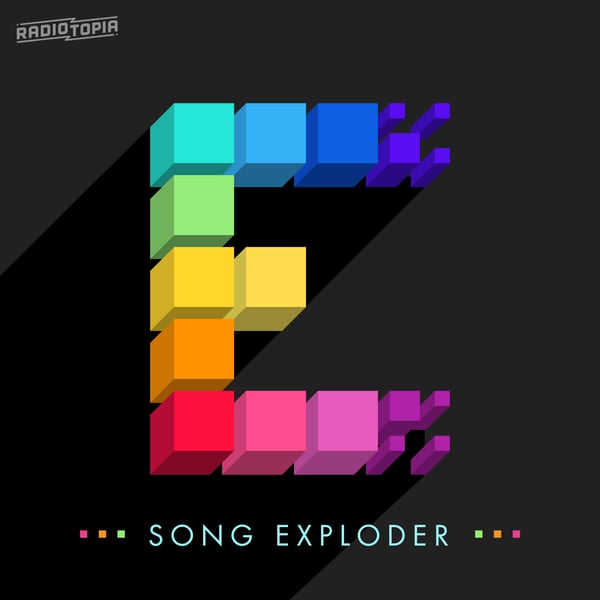Daedelus - Experience
Song Exploder
Hrishikesh Hirway
4.8 • 6.4K Ratings
🗓️ 17 March 2014
⏱️ 11 minutes
🧾️ Download transcript
Summary
Alfred Darlington, better known as Daedelus, takes apart his song Experience. This early track of his is made with only acoustic sounds, but Alfred still considers it a piece of electronic music, and explains why. He also talks about the unexpected life the song has had since he recorded it, after being sampled by Madlib for his collaboration with MF Doom, Madvillain. Experience became the beat for Madvillain’s Accordion, the first song on their highly acclaimed album, and later referenced and resampled by artists like Drake and Kitty (aka Kitty Pryde). Daedelus deconstructs the song and discusses what its legacy means to him.
Transcript
Click on a timestamp to play from that location
| 0:00.0 | You're listening to Song Explorer, where musicians take apart their songs and piece by piece, tell the story of how they were made. I'm Rishikesh, your way. |
| 0:16.0 | In this episode, Alfred Darlington, who's better known as Daedalus, takes apart his song experience. |
| 0:20.0 | This early track of his is made with only acoustic sounds, but Alfred still considers this a piece of electronic music. |
| 0:30.0 | My name is Alfred Darlington, and I record under the name Daedalus. We are going to get into the song Experience, which comes from my debut record Invention from 2002. |
| 0:41.0 | It is a melody that was haunting me throughout my college career that was at USC, the Thornton School of Music, where I was studying jazz bass. |
| 0:49.0 | It's hard to describe necessarily how a melody comes to us. For me, it just was out of the blue. |
| 0:55.0 | I don't come from a background in keyboards, and the song came out of just fidgeting, literally sitting around in like, I think it was a piano 101 class trying to figure out a play, and the strange little rolling melody came out. |
| 1:06.0 | It haunted me for years, and then finally, with my first record, I knew I had a chance to express something. |
| 1:12.0 | Okay, so the intro is an example of Fisher Price Plastic Record Player, but I'm playing it wrong. |
| 1:19.0 | I'm not using a plastic record on the player, I'm actually playing the stylus of the Fisher Price Plastic Record Player. |
| 1:31.0 | It's like a music box. On one of those players, there's kind of no wrong notes, it's just a scale. |
| 1:36.0 | So I'm plucking the tines that would normally be hit by the pips on the plastic record. |
| 1:41.0 | You can hear little resonances kickin' around. It's one of those things that I was aiming for, like the little weird sounds. |
| 1:52.0 | That's the piano 101 part. |
| 1:54.0 | So this is automatic accordion kind of instrument. This is like a harmonium, basically, but automatic. |
| 2:00.0 | So rather than having to billow it with your knee or with your arm somehow, it just billows for you, there's another part that's the counterpoint. |
| 2:15.0 | That's just like a little fugal figure, just back and forth. That's very repetitive. |
| 2:22.0 | There's other versions of the song. There's primordial versions that are more like on MIDI keyboards and all these other instruments. |
| 2:28.0 | And in the end, it was best served. Where I played the melody first in this kind of weird instrument that only would be in tune with itself. |
| 2:35.0 | So I had to play the next part of the melody or that kind of counterpoint on the same instrument. |
| 2:39.0 | And then no rigid tuned system would work. So no MIDI keyboards, no synthesizers that were on like a standard scale would work. So saxophone made sense. |
| 2:51.0 | And if you listen carefully, you can hear the break of the edit mark where the breath is interrupted. |
... |
Please login to see the full transcript.
Disclaimer: The podcast and artwork embedded on this page are from Hrishikesh Hirway, and are the property of its owner and not affiliated with or endorsed by Tapesearch.
Generated transcripts are the property of Hrishikesh Hirway and are distributed freely under the Fair Use doctrine. Transcripts generated by Tapesearch are not guaranteed to be accurate.
Copyright © Tapesearch 2025.

